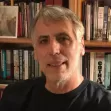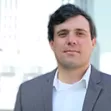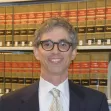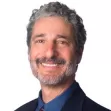Scientific American
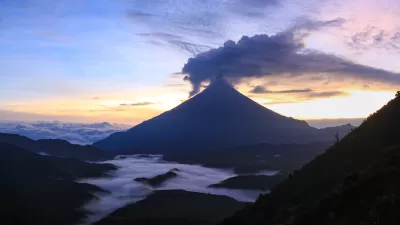
Amazonian Ruins Reveal Ancient ‘Garden Urbanism’
An archaeological site shows evidence of a unique layout of dense residential buildings interspersed with a network of roads and farmland.
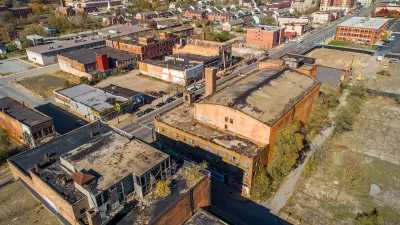
Depopulation Projected in Thousands of US Cities
Many small and mid-sized cities could see a decline before 2100.

Working With Nature, Not Against It
The concept of ‘natural capital’ calls on policymakers to consider the value of natural infrastructure, which can often improve climate resilience without expensive construction projects.
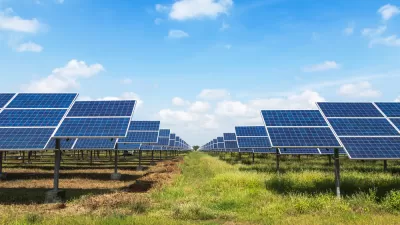
U.S. Renewables To Outpace Coal and Nuclear in 2022
The production of renewable energy in the United States is on track to surpass other energy sources this year, but the nation must maintain record high production levels to meet its climate goals.
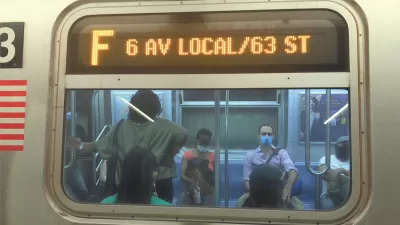
Advocates: It's Time to Get Back on Transit
The story about the safety of public transit has changed since the early days of the pandemic.
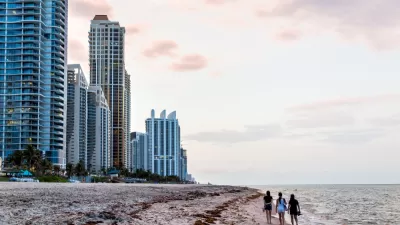
Miami Has the Most to Lose From Climate Change, Study Says
A new report by Resources for the Future, a nonpartisan economic think tank, claims that Miami is the most vulnerable coastal city in the world.
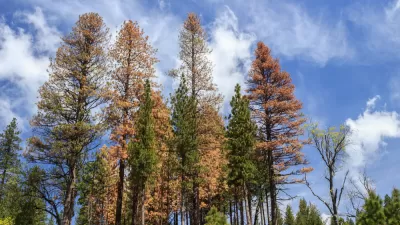
The Earth's Vegetation Stopped Expanding 20 Years Ago
Until the late 1990s, the amount of vegetation worldwide was increasing. But then it stopped, and a new study links this troubling trend to climate change.
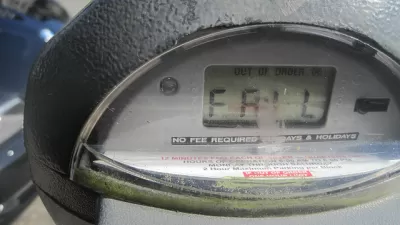
Making the Leap From Smart Projects to Smart Cities
Most "smart city" projects to-date are somewhat isolated and are not part of a more comprehensive network.
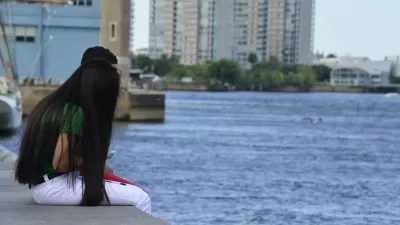
Identifying the Populations Most Vulnerable to 'Extreme Heat Events'
New research published in Applied Geography is a first step toward planning for the resilience of vulnerable populations as the heat rises in urban areas.
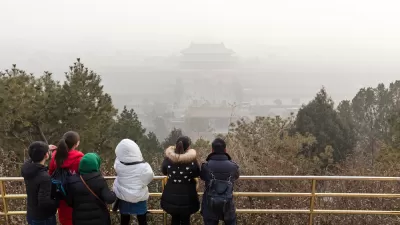
Spare the Air: Beijing to Drastically Reduce Coal Use
Beijing promises "extraordinary" measures to reduce pollution in the infamously smoggy city.
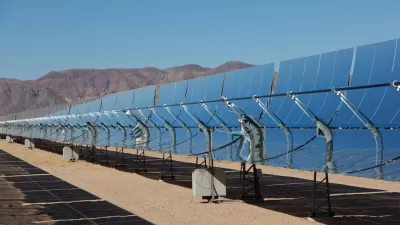
The Price of Solar Power Keeps Falling
It's getting a lot cheaper to install solar power, and a lot easier to imagine a solar-powered future.
Study: Passenger Vehicle Fleet is Older and More Polluting
Arguably just as important than the sales of new vehicles, e.g., hybrids and EVs, are the consequences of not buying new cars.
Do You Know What Year the U.S. Hit Peak Gasoline Consumption?
Michael Sivak of the Univ. of Michigan has published another key report documenting our waning love affair with the automobile. Sivak documents peak overall gasoline consumption occurring in 2004. Per capita fuel consumption may have peaked in 2003.
Environment Explains Obesity
Tara Haelle examines the growing consensus among scientists that environmental factors, rather than genes or sloth, are the primary cause of childhood obesity. The onus is on planners and policy makers to create environments that nurture health.
Using Geodesign to Model the Complex Intersection of Land Use and Climate Change
The subject of a recent summit hosted by software maker Esri, Larry Greenemeier explains the application of Geodesign to help predict and manage the increasingly complex intersection of design, land use, ecology, and climate change.
Can Science Save Planning from Extinction?
In a recent paper, urban theorist Stephen Marshall rehashes Jane Jacobs's criticism of city planning as a pseudoscience built "on a foundation of nonsense." Can science and design be reconciled to provide planning a more stable foundation?
Will Urbanization Be a Global Health Boon or Hindrance?
A new report released this week seeks to address whether the "urban health advantage" can be extended to more of the world’s population as cities continue to grow in the coming decades, reports Katherine Harmon.
The Bull Behind LA's Air Pollution
So you think cars are to blame for L.A.'s air pollution problems? That might be bull excrement, literally, reports David Biello.
Will the Near Future be a Harsh Climate for Suburbs?
In this excerpt from her new book, "Before the Lights Go Out" author Maggie Koerth-Baker warns of the converging crises of peak oil and climate change on suburban areas.
William Gibson's Futuristic World Has Arrived
Author William Gibson talks to Scientific American about how "the future's arrived," and the many ways you can see the future around you.
Pagination
Barrett Planning Group LLC
City of Cleburne
KTUA Planning and Landscape Architecture
HUD's Office of Policy Development and Research
Mpact Transit + Community
HUD's Office of Policy Development and Research
City of Universal City TX
ULI Northwest Arkansas
City of Laramie, Wyoming
Urban Design for Planners 1: Software Tools
This six-course series explores essential urban design concepts using open source software and equips planners with the tools they need to participate fully in the urban design process.
Planning for Universal Design
Learn the tools for implementing Universal Design in planning regulations.





















